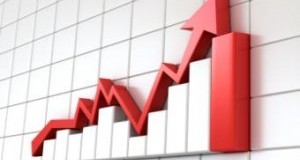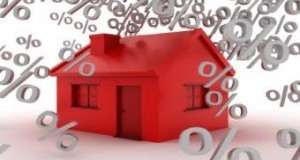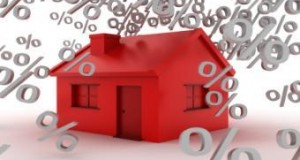However, according to an economic forecast report released Wednesday by UCLA Anderson, analysts expect the national GDP to growth by roughly 3 percent now that warmer and wetter spring weather is on the way. Moreover, as the GDP rises, increased housing and business investments and consumer spending should keep that growth rate steady through 2016.
Read More »Fourth-Quarter GDP Growth Bumped Up to 2.6%
According to the Bureau of Economic Analysis (BEA), the increase in real GDP last quarter mostly reflected positive contributions from consumer spending, exports, and nonresidential fixed investment. Those gains were partly offset by drags in federal government spending and expenditures on housing. The latest growth estimate was an improvement over BEA’s second report, which suggested 2.4 percent annualized growth.
Read More »Sunny Days Ahead for Growth?
Following a slowdown in activity over the previous two quarters, Fannie Mae’s Economic & Strategic Research Group expects economic activity to pick up in the second quarter of this year, bolstered by increases in the housing sector, consumer spending, and business investment. The housing market is expected to show a relatively strong performance, with housing starts increasing almost 20 percent to 1.1 million over the year.
Read More »Mortgage Rates Retreat on Tepid Economic Reports
Freddie Mac released Thursday the results of its Primary Mortgage Market Survey for the week ending March 6, showing the 30-year fixed-rate mortgage (FRM) falling 9 basis points to an average rate of 4.28 percent (0.7 point). Bankrate.com’s national survey showed slightly less dramatic movements, but rates were down all the same.
Read More »Fourth-Quarter GDP Growth Slashed
In the second of three planned reports, the Bureau of Economic Analysis (BEA) put gross domestic product (GDP) growth at an annual rate of 2.4 percent in Q4 2013, down from its initial estimate of 3.2 percent in January and its final report of 4.1 percent in the third-quarter. Full-year growth is estimated at 1.9 percent compared to 2.8 percent in 2012.
Read More »Fannie Mae Undeterred by Housing Cold Snap
Fannie Mae released its latest economic forecast, which acknowledged that atypically harsh winter weather in much of the United States has slowed new home construction and sales in Q1 2014. But the report also reaffirms Fannie Mae's position that the economy and housing markets will improve on 2013 growth by the end of the year's fourth quarter.
Read More »Another Week, Another Drop in Mortgage Rates
In its weekly published Primary Mortgage Market Survey, Freddie Mac put the average 30-year fixed mortgage rate at 4.23 percent (0.7 point) for the week ending February 6, down from 4.32 percent previously. Frank Nothaft, VP and chief economist for Freddie Mac, once again pointed to weaker housing data as a factor in this week's rate changes, noting declines in December pending home sales and a negative contribution to GDP from fixed residential investment.
Read More »GDP Advances 3.2% in Q4
The nation's economy continued to grow in the fourth quarter, helped along by improvements in consumer spending and business investment. In its "advance" estimate of real gross domestic product (GDP) last quarter, the Bureau of Economic Analysis (BEA) put growth at an estimated annual rate of 3.2 percent. Last quarter's increase was driven mostly by positive contributions from personal consumer expenditures, nonresidential fixed investment, and exports.
Read More »Fannie Looks for Continued Growth in New Home Activity
Fannie Mae released on Monday its latest forecast, predicting overall GDP growth of 2.9 percent in 2014 following 2013's expected growth of 2.6 percent.
Read More »Inventories Add to Third-Quarter GDP Estimates
Third-quarter gross domestic product (GDP) advanced ahead of initial estimates, the Bureau of Economic Analysis (BEA) reported Thursday. For the second of its three quarterly GDP reports, BEA put economic growth at 3.6 percent in the third quarter, well ahead of the 2.8 percent growth projected in the preliminary report released early November. According to BEA, the revision reflects an increase in private inventory investment, which was far greater than previously estimated.
Read More »
 theMReport.com Your trusted source for mortgage banking news
theMReport.com Your trusted source for mortgage banking news










